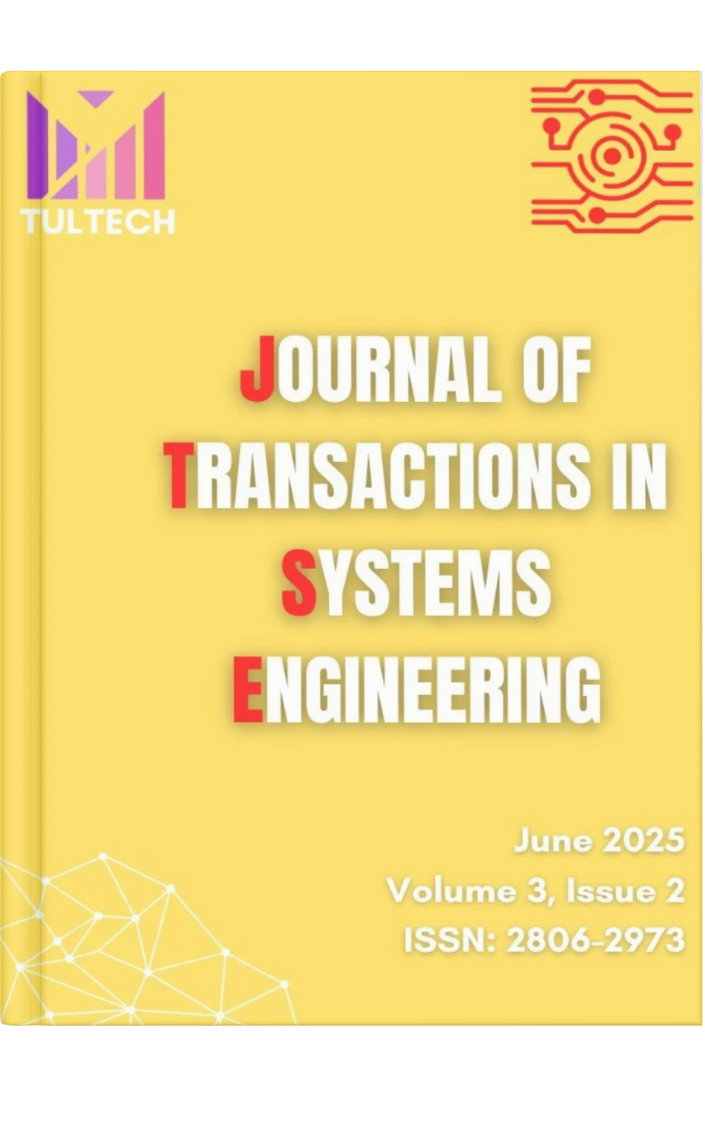Hybrid Machine‐Learning Framework for Predicting Student Placement
DOI:
https://doi.org/10.15157/JTSE.2025.3.2.403-419Keywords:
Student Placement Prediction, Stacking Ensemble, Random Forest, Support Vector Machine, Logistic Regression, Feature Importance, Machine LearningAbstract
Accurate prediction of the results of college student placement can help institutions detect potential risk students and tailor career-readiness interventions. In this study, using a publicly available dataset of 10,000 students with eight predictors intelligence quotient (IQ), previous semester's performance, cumulative grade point average (CGPA), academic rating, internship or not, extra-curricular score, communication skills, and projects completed, we develop and validate a hybrid stacking ensemble classifier. After numerical feature standardization and binary category encoding, we trained three base learners (support vector machine, random forest, and logistic regression) and combined them with a logistic regression meta-learner. Comparative experiments on an 80/20 train–test split show that the stacking ensemble outperforms individual models, with 100 % accuracy, precision, recall, and F1-score on the test set, whereas logistic regression alone attained 90.4 % accuracy. A correlation analysis declares CGPA and performance in the previous semester as the single best predictors for placement. Receiver operating characteristic (ROC) curves and confusion matrices also confirm the greater discrimination power and stability of the ensemble. All these results confirm that stacking heterogeneous classifiers provides a stable and interpretable approach to student placement prediction, with potential use in academic advising and early warning systems.







